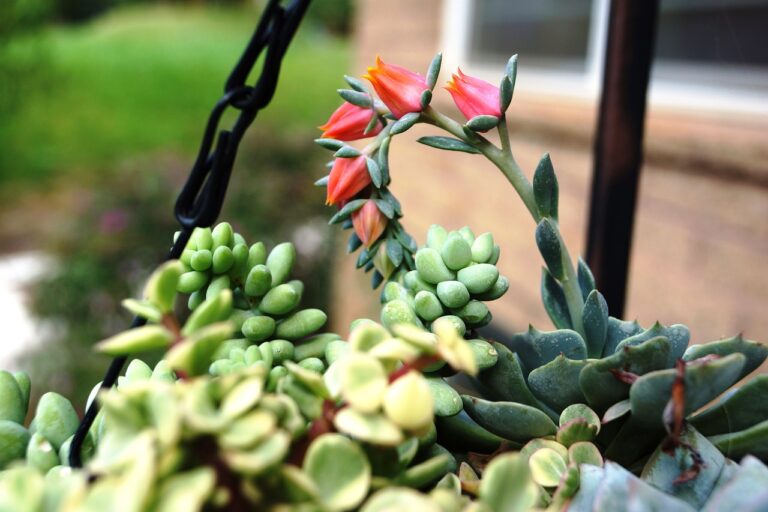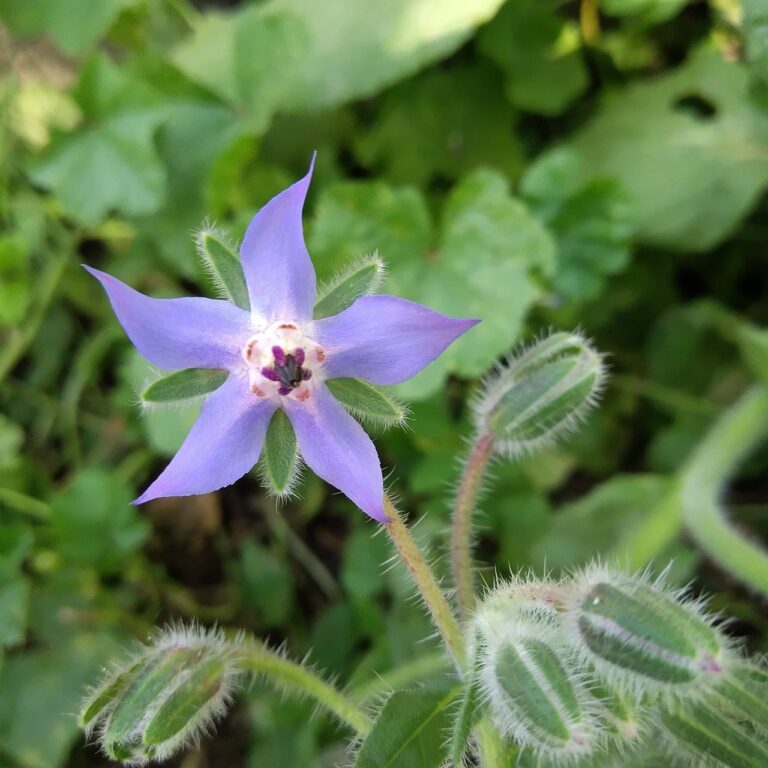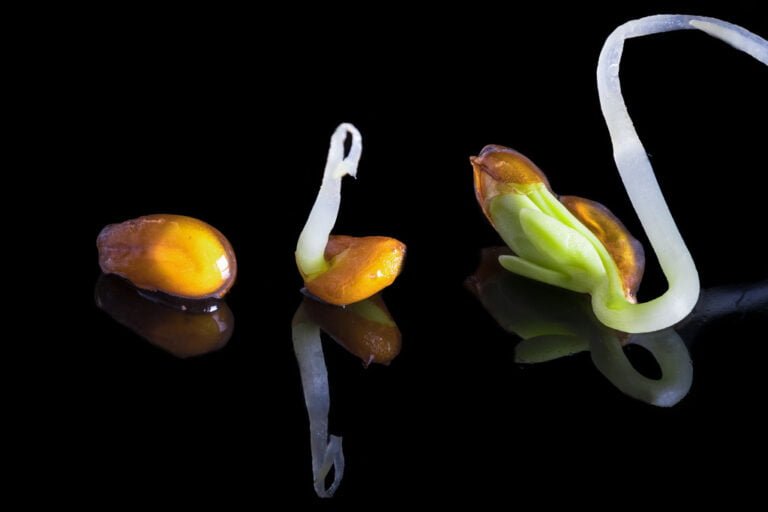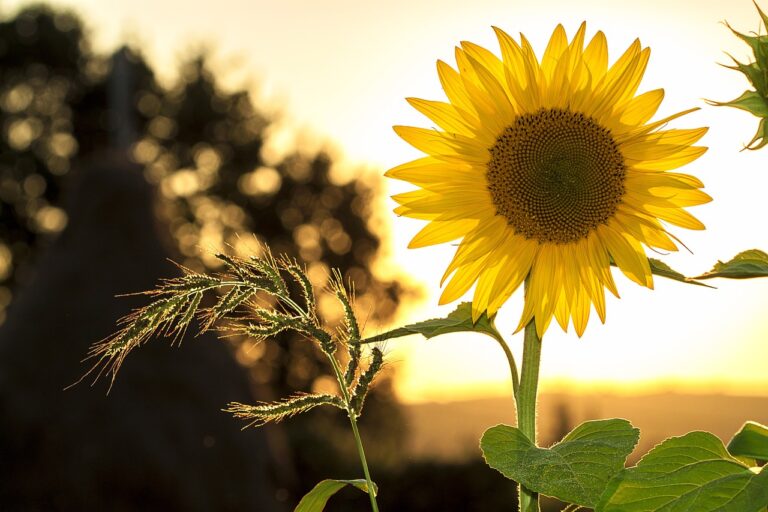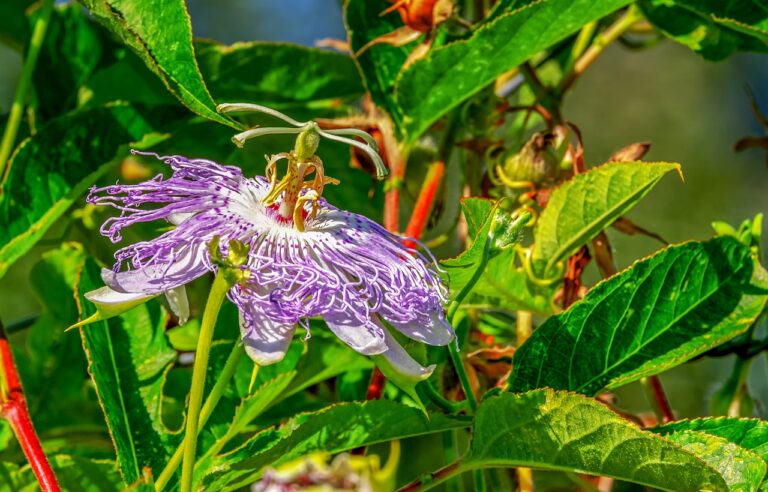Creating Native and Wildflower Gardens: A Comprehensive Guide
Dive into a journey of creating native and wildflower gardens. Embrace nature’s beauty and biodiversity while supporting pollinators for a thriving ecosystem. Native plants require less water and maintenance, enriching soil health and attracting wildlife. Properly sow seeds, water deeply, and manage weeds naturally. Encourage pollinators with varied plant selections and nesting habitats. Attract bees, butterflies, and hummingbirds, promoting plant reproduction and biodiversity. Select plants like black-eyed susan and cardinal flower to support local pollinators. Enrich your garden with nesting boxes and specific structures. Create a sustainable haven that thrives with life and color.
Benefits of Native Plants
Native plants, with their inherent importance and environmental benefits, are essential components of sustainable landscaping practices. When considering the advantages of native plants in your garden, it’s important to understand the benefits they offer over non-native species. One significant advantage is that native plants require less water to thrive, making them more water-efficient choices for landscaping. This not only conserves water but also reduces the maintenance needed to keep your garden looking beautiful.
The root systems of native perennial plants play a vital role in supporting the ecosystem. These deep-rooted plants improve soil health, prevent erosion, and support biodiversity by providing habitats for various organisms. By planting native perennials, you are actively contributing to the overall health of the environment around you.
Moreover, native plants provide essential food sources and habitats for pollinators such as bees, butterflies, and birds. This support of local wildlife helps to maintain a balanced and healthy ecosystem. By choosing native plants for your garden, you are creating a harmonious environment that sustains not only the plants themselves but also the diverse wildlife that depends on them. Ultimately, the benefits of incorporating native plants into your landscaping extend far beyond aesthetics, making them a wise and environmentally conscious choice.
Selecting Ideal Plant Locations
Exploring the best locations for your wildflowers involves understanding their sunlight requirements and adapting to varying conditions based on seed type and environmental factors. For native wildflowers that thrive in full sun, it’s important to select locations that receive at least 6-8 hours of direct sunlight daily. However, some wildflowers, especially those in higher elevations in the Western U.S., may require less sunlight to flourish. When determining ideal plant locations, consider options such as fences, sidewalks, decks, and flower beds based on the availability of sunlight in your garden.
Properly adapting the sunlight exposure based on the seed packet instructions is vital to ensure the successful growth of your wildflowers. Sunlight plays a pivotal role in the overall health and blooming of your native plants. By strategically placing your wildflowers in full sun, you can improve their beauty and promote ideal growth.
Remember that the success of your wildflower garden heavily relies on selecting the right locations based on their sunlight needs. Embracing the natural habitat requirements of native wildflowers will not only create a visually stunning garden but also support the ecosystem by attracting pollinators and local wildlife. Choose wisely, and watch your wildflower garden flourish under the nurturing rays of the sun.
Planting Native Seeds Properly
To successfully plant native seeds, it is important to guarantee even distribution by spreading them evenly on the ground. This ensures that each seed has equal access to essential resources like sunlight, water, and nutrients in the soil. When planting, it’s vital to cover the seeds with no more than half an inch of soil. This thin layer helps to facilitate germination by allowing the seeds to receive adequate light and moisture.
It is crucial to avoid burying native seeds too deep into the soil. Planting them at the correct depth is key to their successful sprouting and establishment. Native seeds are adapted to the local environment, so minimal fertilization is recommended. This helps maintain their natural resilience and ensures they can thrive without the need for excessive external inputs.
Proper watering is also essential during the initial growth phase. Keeping the soil lightly watered and consistently moist promotes the successful germination and establishment of native seeds. By following these planting practices, you can help create a thriving native garden that supports local biodiversity and enhances the beauty of your outdoor space.
Effective Watering Techniques
In nurturing your native and wildflower garden, mastering effective watering techniques is essential for fostering deep root growth and ensuring excellent drought tolerance. To achieve this, follow these key practices:
- Water deeply but infrequently: Wildflowers benefit from deep watering sessions that encourage their roots to grow downwards in search of moisture. This deep root growth helps plants access water during dry periods, promoting resilience to drought conditions.
- Use a soaker hose or drip irrigation system: Direct water to the plants’ roots with a soaker hose or drip irrigation system. This method reduces water waste through evaporation and ensures that the plants receive a steady supply of moisture where they need it most.
- Monitor soil moisture levels: Regularly check the soil moisture levels by feeling the top few inches of soil. Water when the soil feels dry to the touch to maintain ideal growing conditions for your wildflowers. Adjust the watering frequency based on weather patterns, plant requirements, and soil type to support healthy growth and vibrant blooms in your native garden. By following these watering techniques, you can cultivate a thriving ecosystem that showcases the beauty and resilience of wildflowers.
Natural Weed Control Methods
Mulching with organic materials not only enriches the soil but also acts as a natural barrier against pesky weeds, making maintenance easier. Companion planting, such as intermixing ground cover plants with your main garden plants, can create a harmonious ecosystem that naturally inhibits weed growth. These methods not only help control weeds but also contribute to the overall health and biodiversity of your garden.
Mulching for Weed Control
Using a layer of organic or inorganic material to suppress weeds is a key strategy in maintaining a healthy and vibrant garden. When addressing mulching for weed control, here are some essential tips to keep in mind:
- Mulching Materials: Choose between organic options like straw, wood chips, or leaves that enrich the soil as they break down, or opt for inorganic materials like gravel or landscape fabric for long-lasting weed suppression.
- Depth Matters: Apply mulch at a depth of 2-4 inches to effectively block sunlight and prevent weed seed germination without suffocating your plants.
- Additional Benefits: Mulching not only controls weeds but also helps retain soil moisture, regulate soil temperature, and reduce erosion, promoting healthier plants in your garden.
Companion Planting Benefits
When enhancing your garden’s health and vibrancy, harnessing the power of companion planting with native species becomes an essential ally in combating weeds. Native species not only add beauty to your garden but also play a vital role in controlling weeds. By strategically interplanting, these native plants can outcompete unwanted species, reducing the need for herbicides. Some plant combinations release chemicals that inhibit weed growth, providing a natural way to keep your garden weed-free. Opting for plants with dense foliage or ground cover can also prevent weed germination by shading them out. Additionally, incorporating aromatic herbs like mint and thyme not only adds fragrance but also helps deter pests that could harm your garden. Utilize companion planting with native species to create a thriving, low-maintenance garden ecosystem.
Attracting Pollinators to Your Garden
I’m excited to share how selecting the right plants and providing nesting habitats can attract pollinators to your garden. By choosing native wildflowers and plants with bright, nectar-rich flowers, you create a welcoming environment for bees, butterflies, and hummingbirds. Setting up nesting areas like bee hotels or leaving some bare ground can encourage pollinators to make your garden their home.
Pollinator-Friendly Plant Selection
Choosing indigenous plants like milkweed, coneflower, and bee balm is crucial for attracting bees, butterflies, and hummingbirds to your garden, important pollinators that play a significant role in plant reproduction. To create a pollinator-friendly garden, follow these tips:
- Select Native Plants: Opt for native wildflowers like black-eyed susan, cardinal flower, and wild bergamot to provide a familiar and attractive environment for local pollinators.
- Diverse Flower Selection: Plant a variety of flower shapes, sizes, and colors to cater to different pollinator species and ensure a continuous food source.
- Avoid Pesticides: Maintain a pesticide-free garden to protect pollinators from harm and promote a healthy ecosystem for these essential creatures.
Providing Nesting Habitats
To attract a wide range of pollinators to your garden, it is important to provide a variety of nesting habitats that offer shelter, sustenance, and nesting materials. Incorporating native plants in your garden not only beautifies the landscape but also provides essential resources for pollinators like bees, butterflies, and birds. By including plants with diverse bloom times, you can guarantee a continuous food source for these important creatures throughout the growing season. Additionally, creating a water source such as a shallow dish or birdbath will draw pollinators for drinking and nesting activities. Avoiding pesticides is crucial to maintaining the health of pollinators and their nesting habitats. Consider adding nesting boxes or structures designed for solitary bees and butterflies to enrich habitat diversity in your garden.

